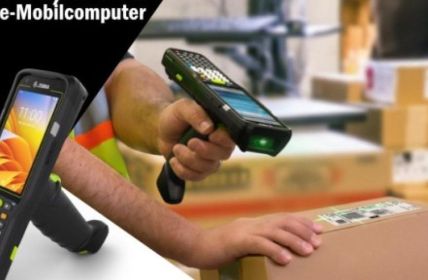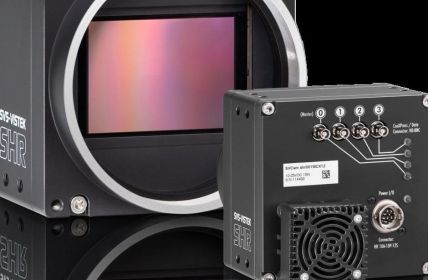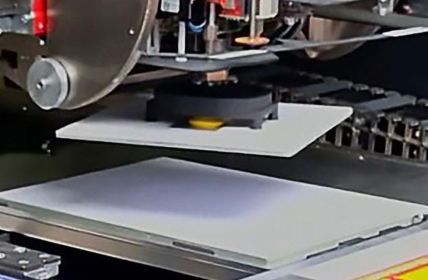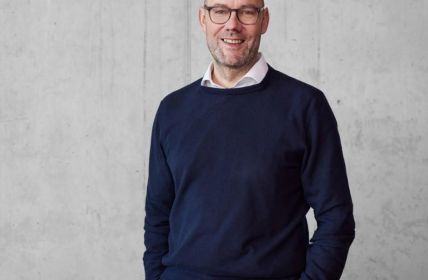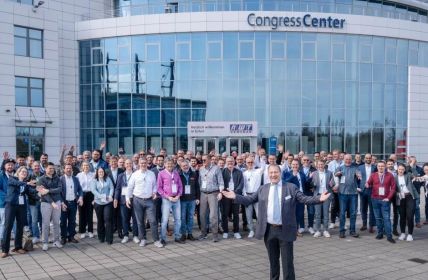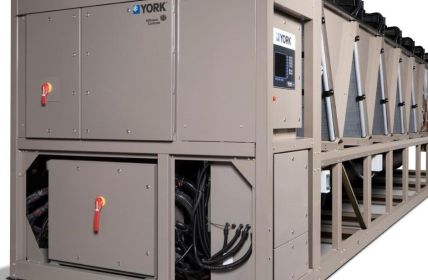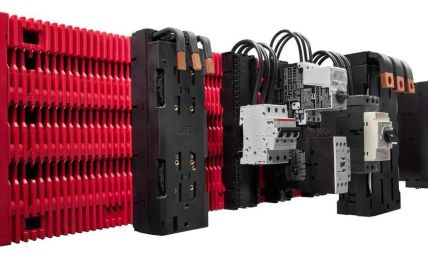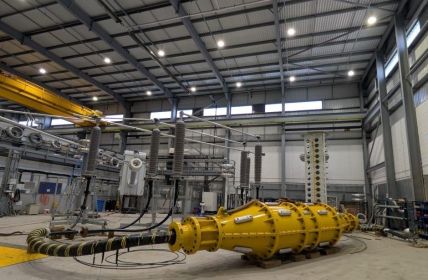Optus, Australia’s second largest telecommunications provider, has entered into a cooperation with Swinburne University of Technology. The core of the research project is to equip refuse collection vehicles with IoT technology. During their tours, the vehicles will identify locations and facilities in need of repair and forward them to the responsible parties.
Table of Contents: What awaits you in this article
Dormant infrastructure risks in many cities
The sometimes shocking events in cities around the world show it again and again. There have been and continue to be numerous undiscovered hazards in urban environments, most of which do not reveal themselves until it is already too late. Cars or people swallowed up by huge potholes on roads may at first glance seem entertaining to some.
Deaths caused by suddenly collapsing bridges or tunnels certainly are not. For years, planners and responsible parties have therefore been increasingly on the lookout for reliable analysis and measurement methods to predict and avert such disasters. IoT technology can make a valuable contribution here, as the following example illustrates.
IoT for smarter cities
Representatives of the Australian city of Brimbank have decided to conduct an unusual test of a new way to maintain their infrastructure. They are having Optus and Swinburne University develop an IoT network of garbage collection vehicles. The garbage trucks will be equipped with cameras and sensors, the data from which will highlight potential problems. Whether broken roads, public transport bus shelters or weathered signs, they could all be repaired much more quickly than before.
Faster repairs with 3D, 5G and the cloud
The high-resolution cameras and GPS modules on the garbage trucks are capable of generating 3D data at a rate of 900 Mbps. The values thus obtained are then transmitted to clouds in real time. Here, a map is then created that breaks down the city’s acute construction sites. This can then be transmitted either to the city’s management for inspection, or immediately to the repair crews responsible for it. The information sent to the workers’ smartphones can also be reported back to the system as completed once the job in question is finished.
IoT saves time, costs, effort
Swinburne University expects a lot of potential savings from this new approach. Above all, the municipality could save a lot of time that previously had to be spent on the tedious conventional route of detection, reporting and repair. The innovation could also save a great deal of money, since the costs for appraisers of inner-city properties have been growing steadily for years.
Swinburne estimates that the IoT solution could reduce expenses by up to 50 percent. Not to mention the elimination of work involved in mostly manual reports. An Australian government initiative to research the 5G standard is supporting the project with $1.8 million.




